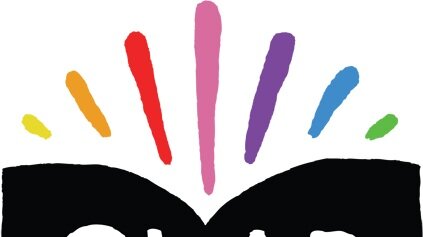
Fundraising Breakdown
A Deeper Look
Our strategy to avoid immediate crisis and not end up in the same situation before the year is over has these 4 components:
Avoid Eviction
Prevent A Crisis
Build Capacity with Creativity & Accessibility
Plan for the Future
This is the Breakdown:
Avoid Eviction
$100,000 - Rent arrears to avoid eviction
If we cannot meet this goal, we will be forced to leave the space without enough time to put in place things that would help Glad Day continue into the future.
Prevent A Crisis
$30,000 - Hire a part-time fundraiser for 10 months
Having a part-time fundraiser for 10 months would be a game changer. Right now all of our fundraising is done by volunteers who are not able to be a consistent and persistent as someone in a paid role would be. Having a paid position to follow up on leads, foster relationships and close the loop on grants and donations is crucial for our future.
$30,000 - Subsidize our insurance for 1 year ($2,500 a month)
Our insurance is a fixed cost that we don’t have any control over. Knowing that this will be covered every month adds significant stability.
Before the pandemic, insurance was $1,300 a month. After the pandemic, most insurers stopped insuring bars and restaurants because they were too high risk. Our current plan is with the ORHMA and it is a very fair rate.
Build Capacity with Creativity & Accessibility
$30,000 - Fund to pay performers and artists for events in our space
AND
$30,000 - Improve our sound system, lighting and build a stage so we can increase our live music and performance events
These two pieces are tied together. While people are reducing their spending on food and drink, they are still willing to spend money on unique experiences. Ticket revenue is an important revenue stream for our continued existence. However, we are limited to the caliber and quality of events we can have because we are limited by our sound, lighting and staging equipment. By upgrading our equipment, we can attract and support events at a variety of levels. With improved equipment we can also use legit sound technicians at events (rather than having the bar staff working the wonky soundboard at events) and record high quality audio at some events to create podcasts and streaming content to broaden our impact. If we need to move spaces eventually, we can take this equipment with us.
Without having a stable budget for performers, we are limited to how many programming risks we can take and how frequently we can host and pay performers. Having a budget for performers means we can experiment with different events to see which ones work best, while also making sure local artists get paid decently for their gifts. We also want to provide funds and support to grassroots organizations and artists so they can use Glad Day as a venue while they are still in their ‘emerging’ or ‘incubating’ stage; many of these groups cannot pay a rental fee for the space, so these funds will subsidize them too.
To recap, this prevents another immediate crisis by improving stability through:
- New revenue from increased volume and diversity of events
- Ability to take risks with event models and pay performers
- Ability to subsidize the use of space by marginalized groups that cannot pay rental fees
$25,000 - Refresh our book stock, with a focus on Canadian authors
AND
$15,000 - Expand our merch and art from local artists and crafters
When funds are tight and we need to choose between keeping the lights on or buying more books, we always choose the lights. Over the course of the last 12 months, we have been slowly buying less and less books and locally made art and merchandise. But… this has a snowball effect obviously - the less we have to sell, the less we sell. The less we sell, the less funds we have to replenish stock.
Funds for books, art and merch will mostly go back to local and Canadian artists and authors. This will help us get out of the downward revenue spiral we have found ourselves in while showcasing all that our communities have to offer.
$10,000 - Repair & improve the accessibility of our front door and main washroom
Glad Day is one of the only venues on Church St. with a street-level entrance and a large main floor bathroom that has enough room for a wheelchair to move around in. However, the mechanism to open the front door with a button has been broken for a few years. There are also accessibility improvements we can make to the washroom that would benefit many people.
Plan for the Future
$10,000 - In-person and virtual/digital consultations with our communities AND
$20,000 - Funding for what Glad Day will become
We are not sure what the next incarnation of Glad Day will be. To figure that out, we need to hear from lots of different people. We will gather feedback from in-person sessions at Glad Day, from virtual meetings online and from surveys. Two big expenses for that will be additional staff time and food for the community at meetings.
Once we have decided on the next steps, we will need to fund them. This initial $20,000 is seed money for future action. For example: we may have new legal costs; we may need to furnish a new space; we may have moving costs; or we may need to put things in long-term storage.

